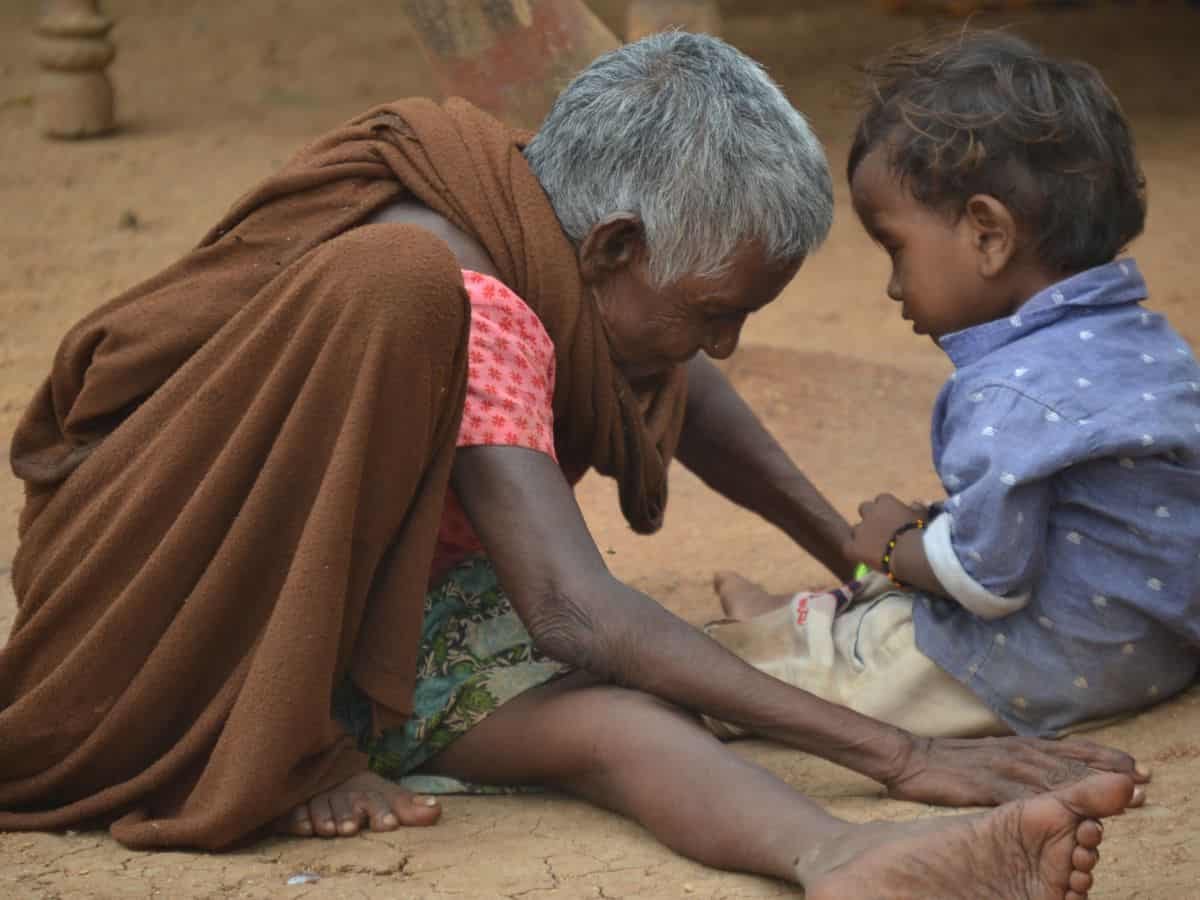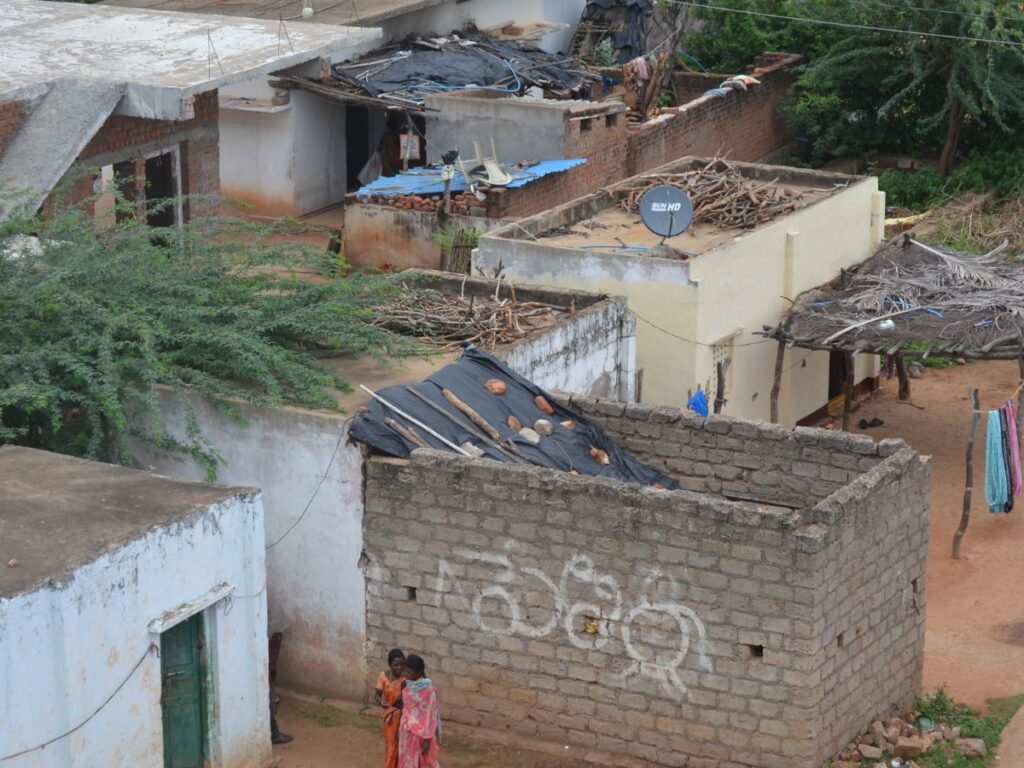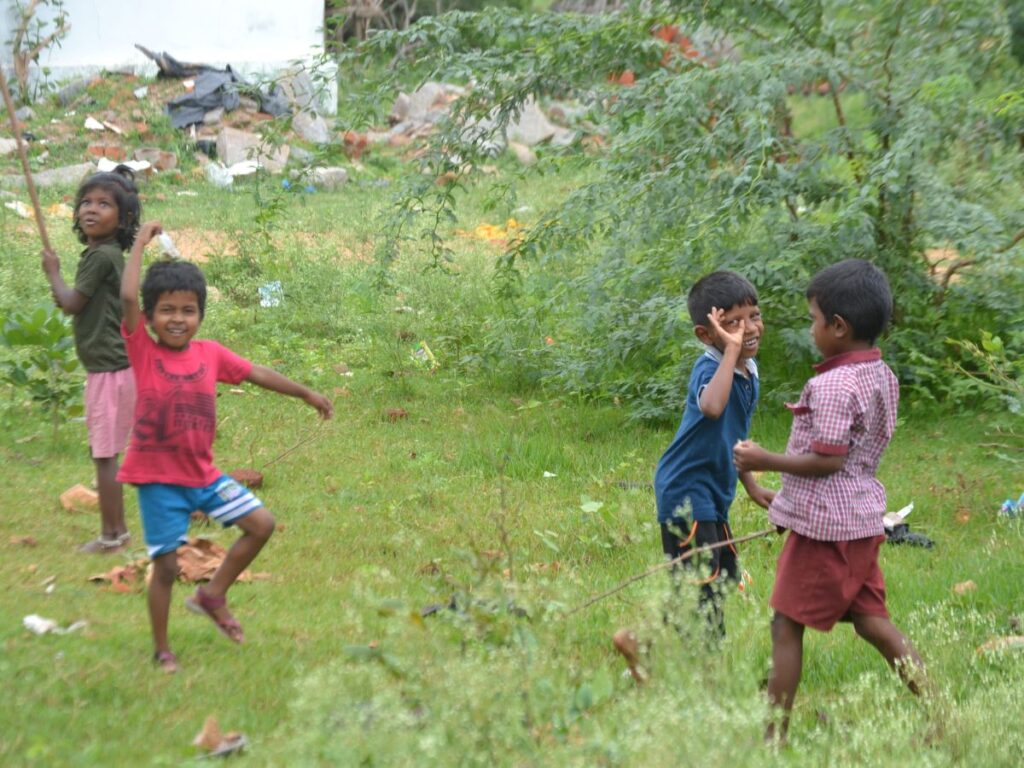
Hyderabad: Migration hasn’t been new to humankind or animals since times immemorial. However, the indigenous Chenchu tribes living inside the Nallamala forests have been living there for ages. It was during the anti-insurgency operations in the late 90s when some of these Adivasis had started relocating.
A softer approach is being taken by the present establishment to relocate them for reasons unknown. A look into those who were relocated back then paints a picture of what the lives of the Chenchus will be if that exercise happens again.
“Everybody was running to save their lives from the conflict between the police and the Naxals. Many died while escaping. Some of us were able to reach here and take shelter,” said Anjaiah, a Chenchu who had relocated to Amrabad, speaking with Siasat.com.
He, along with around 35 families from Kollampenta were forced to relocate to Amrabad mandal headquarters back then. There was no rehabilitation or resettlement package.
No change in the living conditions of Chenchus
The villagers of Amrabad showed them some land and let them build their houses. There was no government scheme to rehabilitate them. They built temporary huts, defecated in the open, and took baths in open-air bathrooms with walls made of worn-out sarees. They still live in similar conditions.

They were able to build their houses under the “Indiramma Illu” scheme in the past, but they are presently in a dilapidated state. What were 35 families originally, have multiplied into more than 100 families.
This was the only resettlement of Kollampenta Chenchus. The Chenchus from Kommanipenta, Rayaletipenta and Thatigundala had fled to Macharam, Vatwarlapally, Sarlapalli, kudichintalabailu and other villages to seek shelter from the violence. Their present condition is no different.
When the naxals were wiped out from the Nallamala forests during former chief minister Dr YS Rajasekhara Reddy led erstwhile Andhra Pradesh government, and especially after they were granted pattas for their lands in their native pentas after the enactment of the Forest Rights Act of 2006, they started living both inside the forest and in the undesignated slum of Amrabad.

‘Outsiders’ in their own lands
Two decades later, their lives only changed for the worse. With no bulls, agricultural implements, or even money to buy seeds, they have been leasing out their lands to ‘outsiders’ to cultivate, receiving paltry sums not even enough for their survival. Some of them have been working as farm workers in the lands being tilled by the outsiders, while others have been working as daily wage labourers in the agricultural fields of the landlords in the areas where they had found shelter.
Today, the Nagarkurnool district administration, specifically the forest department is in the process of ensuring that they completely alienate their lands in their forest dwellings, and stay put in the buffer zones like Amrabad.

Last year, the forest officials demolished the pukka houses in Rayaletipenta that were built decades ago, as the Chenchus there refused to relocate.
Choices in front of the Chenchus
They are being offered two choices- Rs 15 lakh as one-time compensation, or five acres of land in Bacharam village of Peddakothapally Mandal in Kollapur or elsewhere. Some of the Chenchus have also visited the proposed resettlement site.
“We urge the state government to construct houses for us and also give us land so that we can become self-reliant and don’t need to depend on the landlords for a livelihood,” says the president of a women’s self-help group. She had lost her husband in a road accident.
“We don’t know who to approach in the ITDA office and whether there are any schemes to improve our living conditions. It is as if the ITDA is totally dysfunctional,” she adds.
Anjaiah tells Siasat.com that unless the administration gave agricultural implements, bulls, seeds and other inputs, farming is not a distant possibility for them.
Resettlement-possibilities
The 500 acres of forest land in Kandlakunta in Amrabad Mandal offer some hope to Chenchus for being resettled and rehabilitated. Among those, around 163 acres have been caught in litigation between the forest department, and the locals including Chenchus, Lambadas and others.
The judgement on that case has been reserved by the High Court, which could be delivered on July 18.
“If the judgement comes in favour of the villagers, the landless farmers can be given those lands. The rest of the forest lands that would still be left, could be given to the Chenchus of Kollampenta, Kommanpenta, Rayaletipenta and other Chenchu habitations, whom the forest department wants to rehabilitate,” opines Thokala Guruvaiah, a Chenchu leader.
According to sources, around 500 families have agreed to relocate from several villages in the core areas and the buffer zone. Most of these families are from other communities including the Lambadas. However, those living in the core area under Appapur gram panchayat in Lingal mandal haven’t decided to leave the forest, except for Pullaipally, where very few families have been residing. Each of the households in that penta has a person working in the forest department, and they have already relocated to Achampet and other areas.
Efforts under Ex CM NTR led government
There was an effort made during former chief minister NT Rama Rao’s regime in the 80s, when the state government gave jobs to a few Chenchus as forest beat officers and forest section officers. They are all close to getting retired now.
Rohith Gopidi, district forest officer, who is also the project officer of ITDA Mannanur suggests that a policy decision could be taken on those lines by the state government so that eligible and fit persons from every Chenchus penta in the core area of Amrabad Tiger Reserve could be given those jobs.

“Many families presently living inside the core areas have been educating their children in Achampet and other towns. Sooner or later they will prefer relocating along with their families. However, the relationship they have with the forest is preventing them from doing so. Suppose they can be made the stakeholders in forest protection by giving them jobs. In that case, even if they relocate, a job holder from every family will play his/her part in protecting the forest, and the rest of the family can stay outside the forest, focusing on education and other family needs,” he opined.
